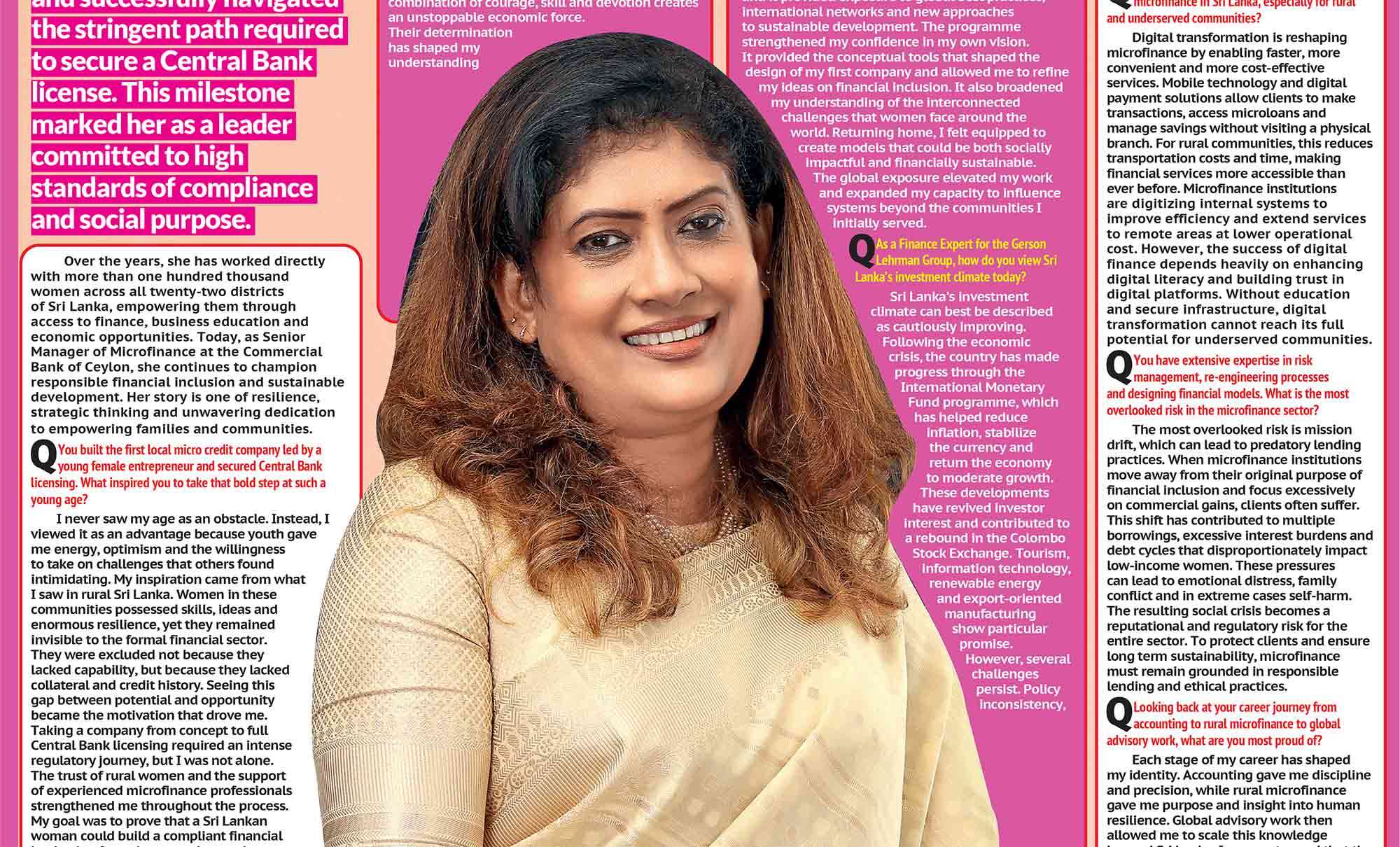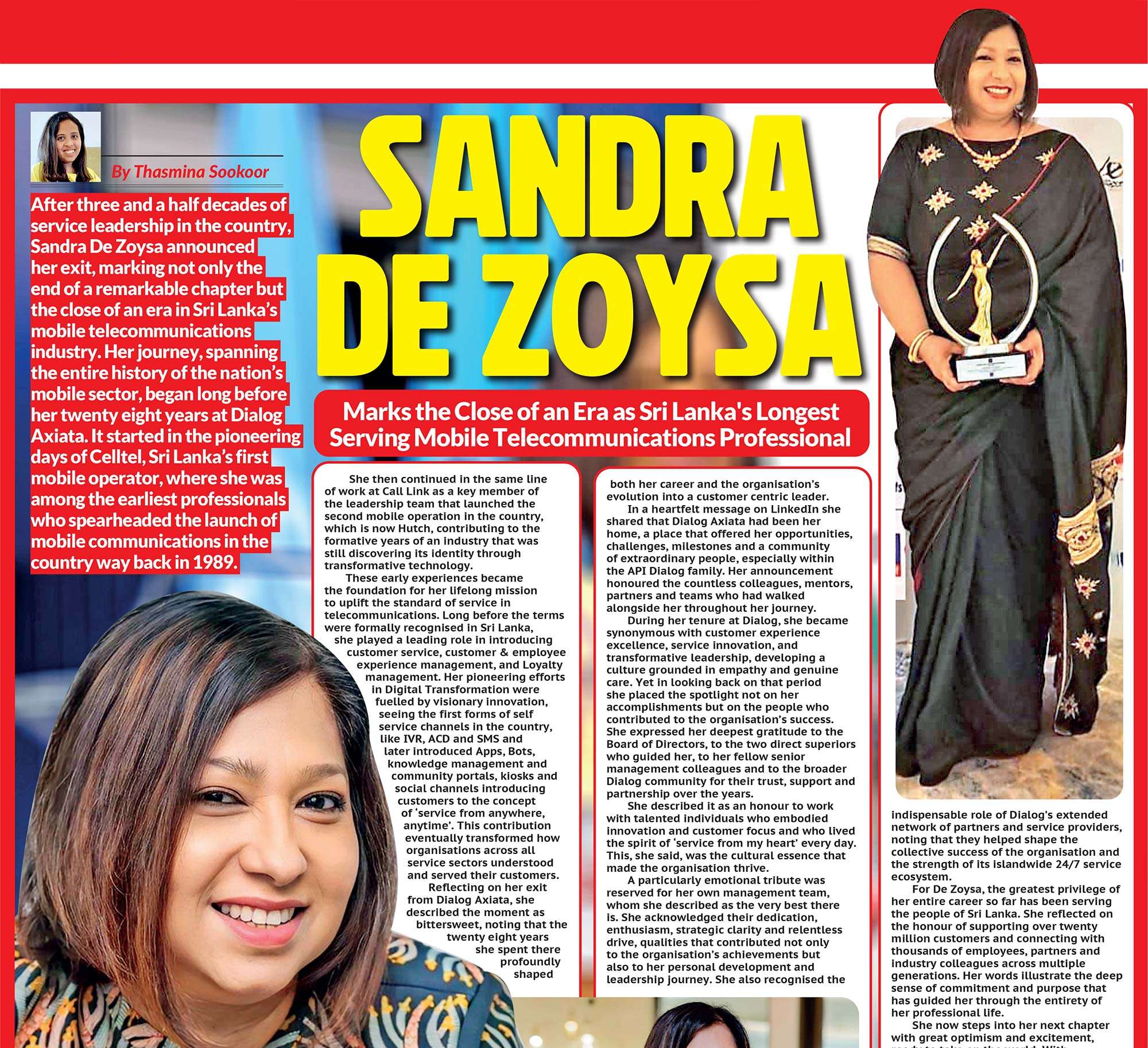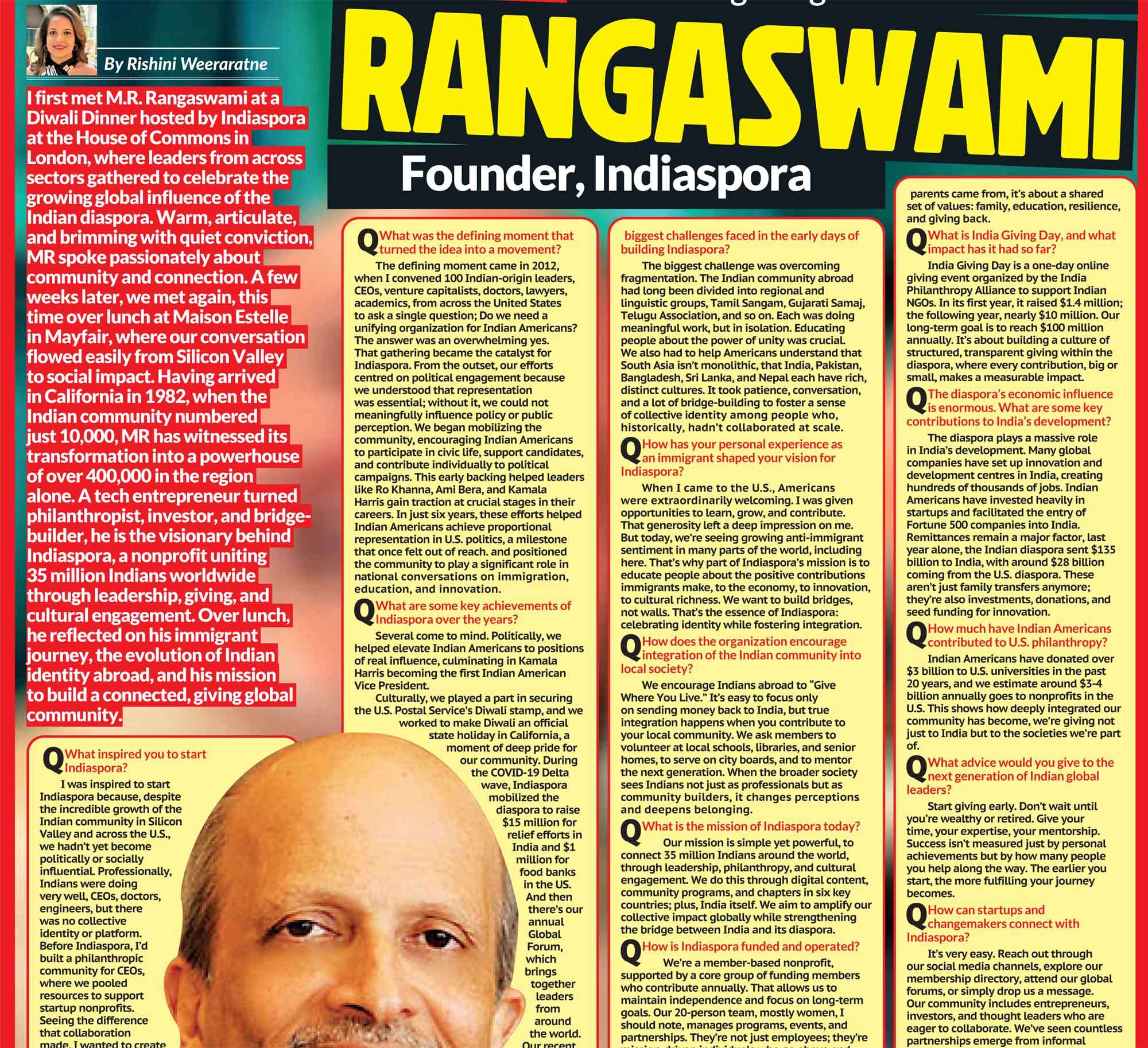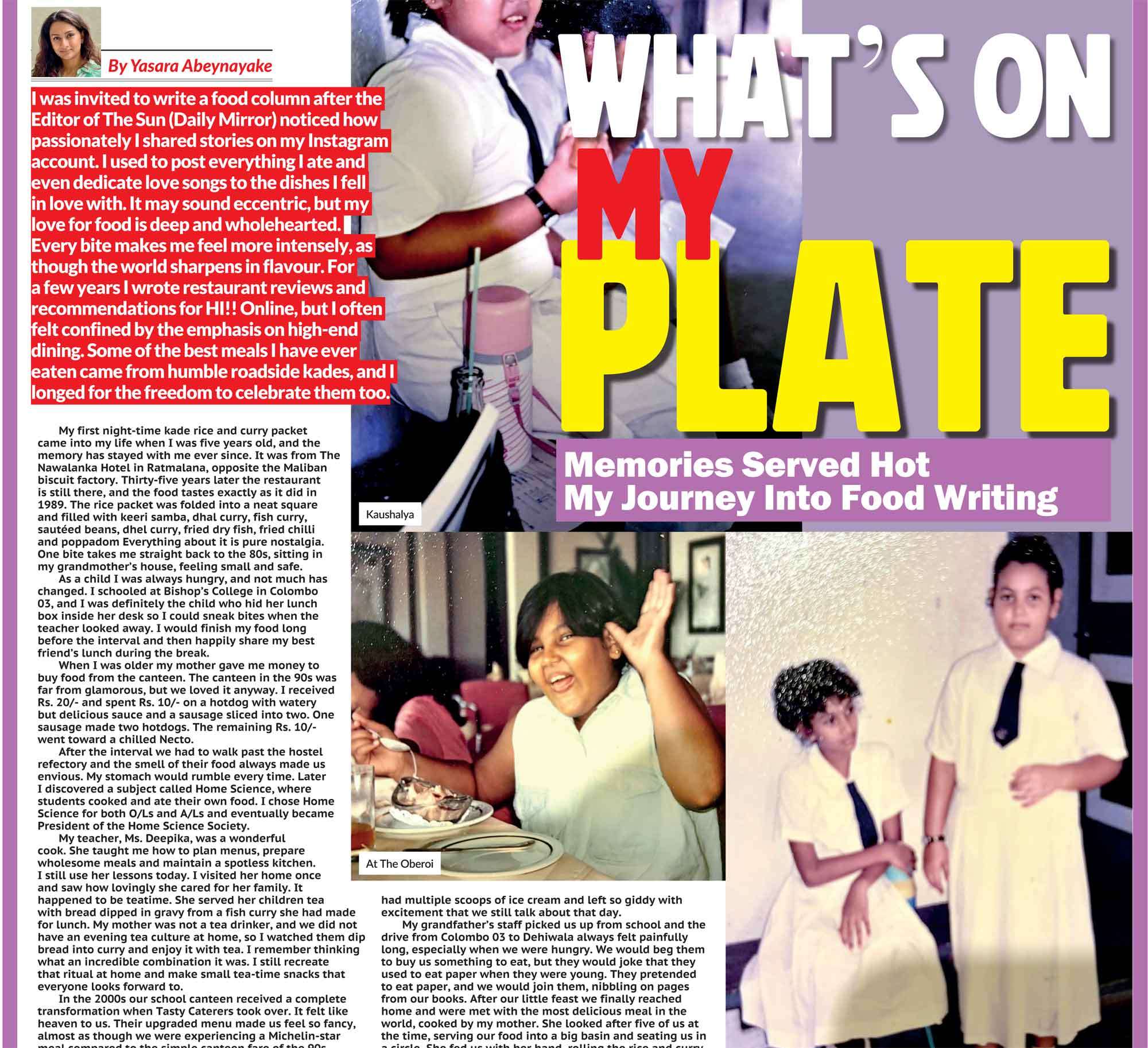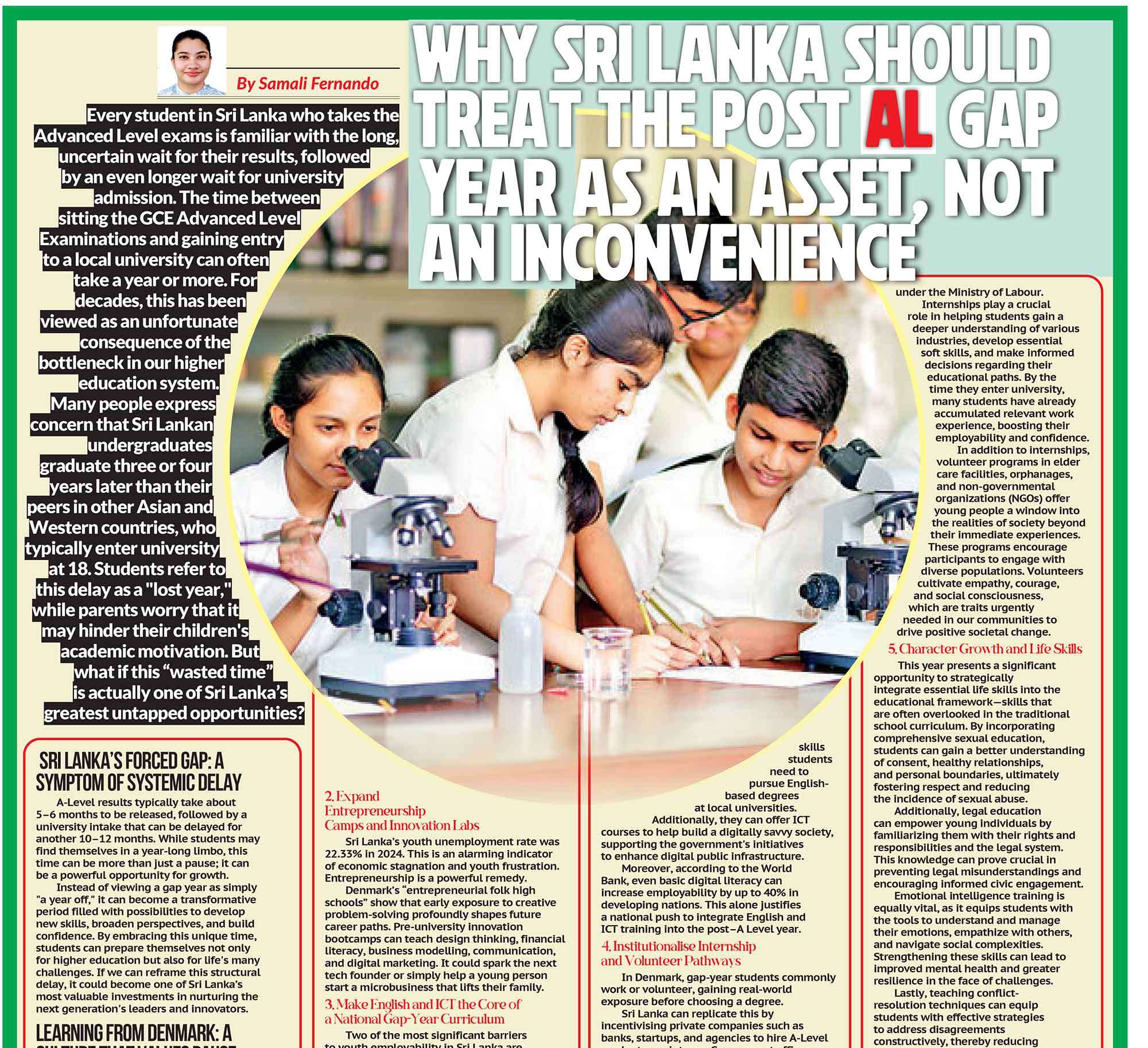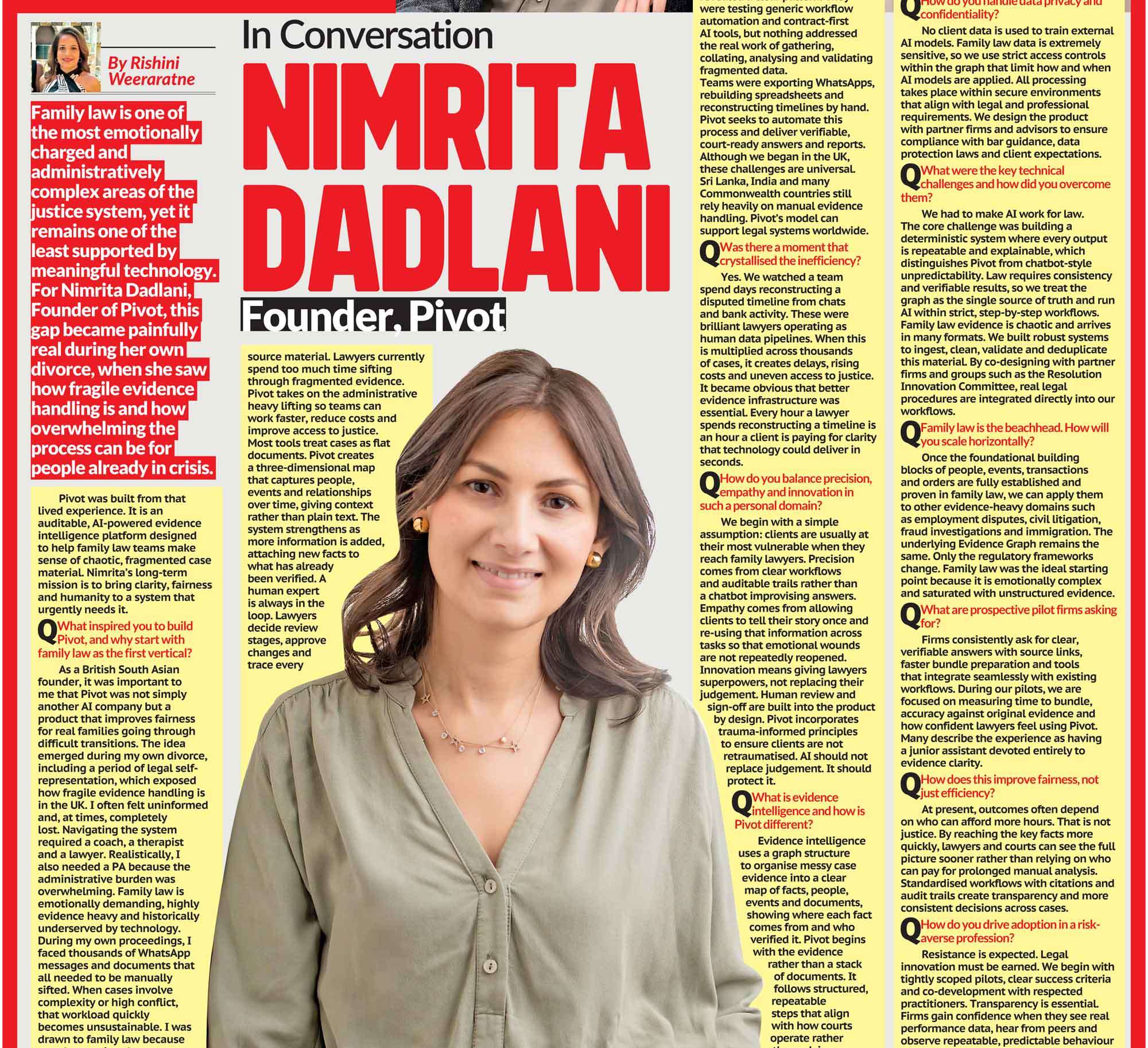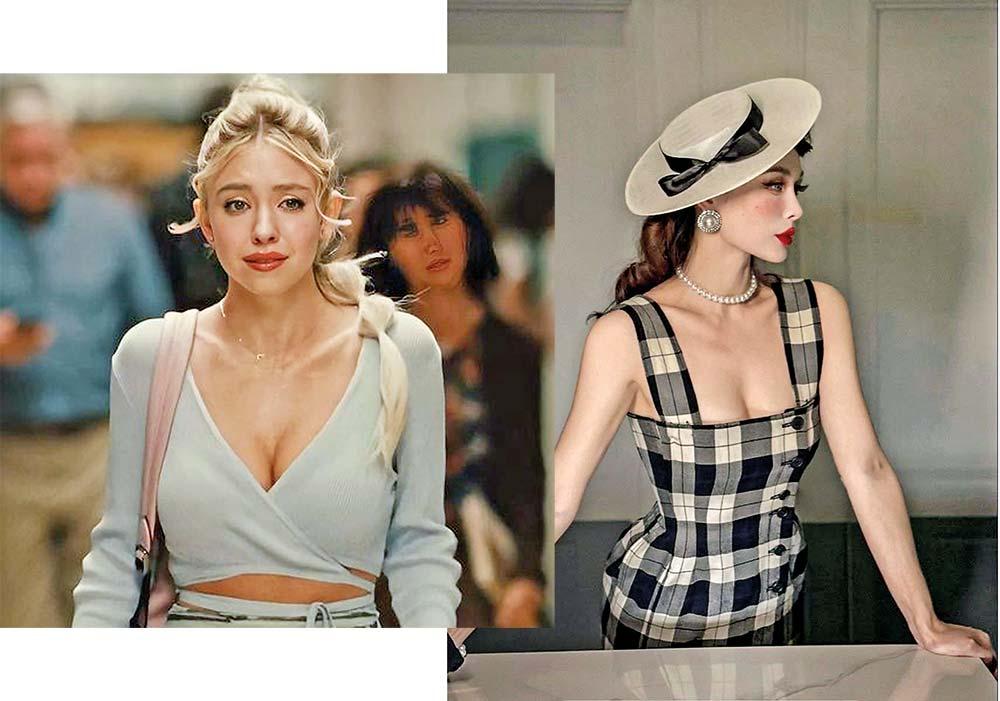
“Daddy Issues” - the internet’s favourite red flag. The meme. The insult. The personality quiz result no one wants, but kind of jokes about? Yeah, that one. We’ve all heard it - usually in the context of dating a guy 20 years older or crying over someone who seen-zoned your message sent at 1 a.m. Say “daddy issues”, and everyone has the same image: questionable choices, chaotic exes, and a thing for distant men.
 01
01
But what if it is deeper than that? What if your daddy issues aren’t just messing with your love life, but also your closet? Sounds insane, right? But think about it. Maybe it’s not just you being “a little extra” maybe it’s your inner child in knee-high designer boots, still trying to prove something. Maybe your style, your taste, your vibe isn’t random at all - maybe it’s your family dynamics, just disguised as clothes. And whether it’s daddy issues, mommy issues, or just growing up in emotional chaos, chances are they’re still shaping who we are today - in ways we don’t even realise.
Disclaimer: I’m not a therapist, and this isn’t a clinical diagnosis. But if your wardrobe has ever felt like a walking identity crisis, you might want to keep reading, because what if fashion is the emotional script, you didn't know you were still performing?
02
Dressed for Daddy’s Absence
Let’s be real. If you’ve ever found yourself putting together the look where you appear as soft, sweet, and just “girly enough,” chances are you’re channelling The Approval Complex. We’re talking bows, mini-skirts, blush tones, kitten heels, and coquette-core levels of effort. It’s giving “daddy’s little girl,” even if daddy was emotionally MIA. Take Cassie Howard from Euphoria, the ultimate “please love me” aesthetic with cutesy crop tops, tiny bags that can barely hold even a phone, and soft makeup. Waking up at 4 am, curling your hair, and hoping for a guy to look your way screams wanting to be seen. She wasn’t dressing for comfort - but instead dressing for male validation, with the goal to be adorable enough to be loved and adored. By him. By them. By anyone.
On the flip side, there’s Power Dressing. Boxy blazers. Matching pantsuit. Bold sunglasses. Structured everything. Sort of like Miranda Priestly from The Devil Wears Prada. The look walks into a room before you do, exuding confidence so sharp it is intimidating and powerful. It’s giving dominant corporate energy, because daddy isn’t home, so you became him. Because someone had to keep it together, even if your life is falling apart. Your closet says, “It’s fine. I’m in charge. I know where my life is going,” even if it’s just you and your tailored trousers. So, whether it’s dressing to be seen or dressing to protect, your style might be replaying a script written years ago. And it’s not just girls. Boys, too, can jump between overcompensating in polished all-black suits that scream 'provider mode unlocked,' or chasing softness in quiet luxury, craving the safety they never got. Turns out, daddy issues don’t care what gender you are. They just want to be noticed.
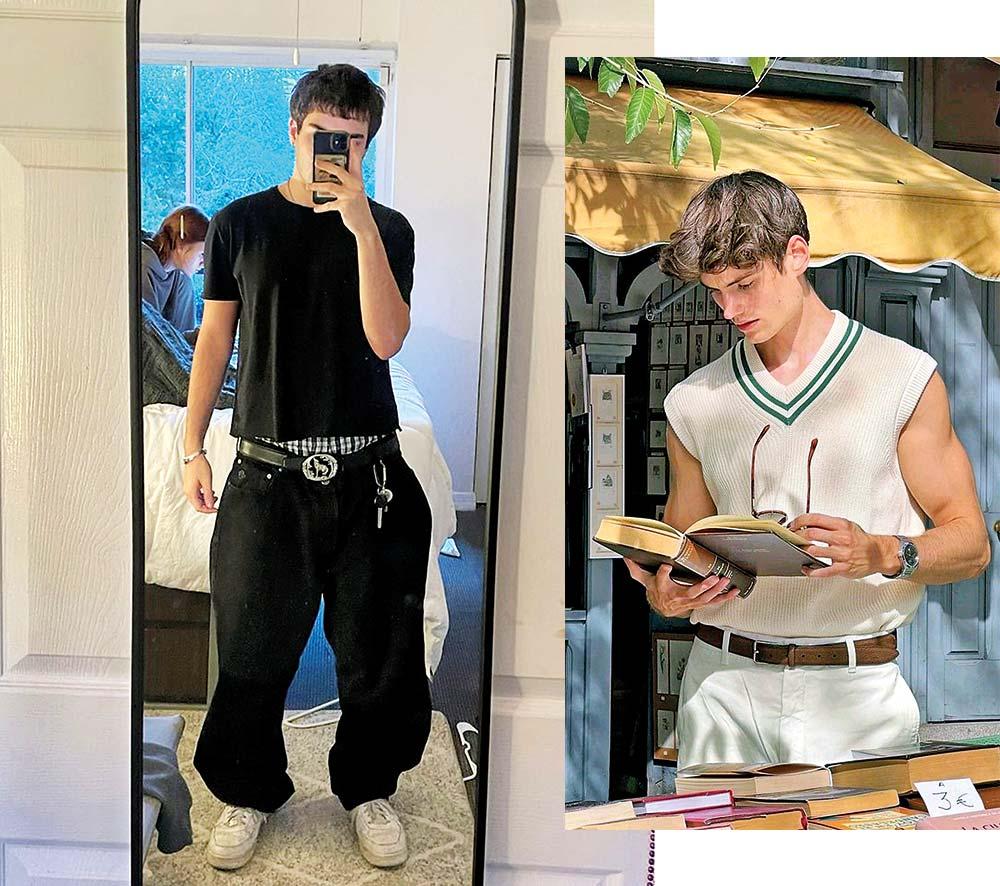
03
Fighting With Your Mother in Your Closet
If daddy issues crave approval, then mommy issues come with tension. For boys, it’s often a split wardrobe with three personalities:
- Either a full-blown rebel - think baggy jeans with visible boxers, where we desperately want to tell them to pull their pants up, cargo pants, sneakers, graphic tees and just a “don’t care” attitude;
- Or a macho man - where they are trying to outgrow her with their 3-piece suits and leather jackets zipped up over suppressed emotions with a serious haircut, and it’s all very “I’m a man now, don’t hug me” energy that’s giving somewhat toxic masculinity vibes;
- Or the typical mama’s boy - with polo shirts tucked in, loafers, the exact scent she liked on your dad, and you’re dressed exactly how she wants because deep down, you want her approval and for her to be proud of you like a prized possession, and therefore, you’re submitting and playing dress-up for her.
For girls, mommy issues can show up as three-way fashion friction disaster: rejecting her style by dressing too cool to care with alt-girl grunge and tomboy looks to assert independence; copying her through pearls, vintage handbags, and her signature perfume as if it is still the 1950s without even realising it; or becoming her fiercest competition; trading modesty for bold bodycon, revealing dresses to prove that you’re the better version: chosen, admired, and wanted.
04
Who’s Wearing What at the Family Table?
Style isn’t just shaped by mom or dad; it’s often about your role at the dinner table. The golden child, aka the eldest, dresses like their report card depends on it. Perfectionist. Overachiever. Always on their best behaviour (at least in public) and in their best outfit - tailored pants, pressed collars, neat handbags. The middle child? Often, the wildcard, with more edgy, questionable pieces, is used in order to be different and be noticed. And the youngest? Chaotic fits or unpredictable combinations that mirror the “fun one” energy. Fashion can also become a form of self-parenting, a way to become who you have always wanted to be but never could or dress how you wish, your parents raised you: the rich girl and the one who had it all.
05
Outfits Don’t Lie - Even If You Do
You don’t just inherit family dynamics; you wear them. And your wardrobe might be the first place they reveal themselves. It becomes a coping mechanism because it is easier to wear it than feel it. Style isn’t just self-expression - it’s about self-protection, self-invention, and sometimes survival. But that doesn’t mean you’re doomed or that your outfits are emotionally broken. Once you figure out ‘why’ you’re dressing the way you are, you can start dressing for yourself -and not just for your family story.


